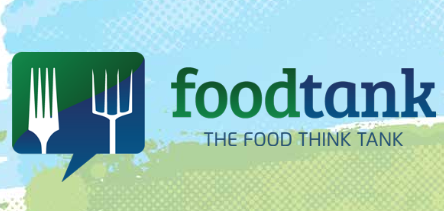According to the Center for Science in the Public Interest, 75 percent of beverage options and 85 percent of snacks are of poor nutritional quality in both middle and high schools in the U.S. Despite recent interest in healthy school lunches, students have limited access to nutritious options and many end up consuming sugary beverages and high-sodium and high-fat meals.
As a result, obesity and overweight are at epidemic proportions among students—nearly 20 percent of children are obese in the U.S.
The Center for Ecoliteracy, however, has developed a planning framework, Rethinking School Lunch, which identifies 10 ways administrators and parents can improve food options in schools, including adownloadable school lunch guide. And The Lunch Box is an online toolkit, including recipes, tutorial videos, a list of helpful resources, and technical tools for bringing better food to schools.
The healthy school meal revolution isn’t only taking place in the U.S. In many parts of sub-Saharan Africa, 60 percent of children come to school in the morning without eating breakfast, if they attend school at all. The World Food Programme feeds more than 20 million children in schools in Africa, and simultaneously provides an extra incentive for parents to send their children to school because they know they’ll get at least one meal. And Project DISC (Developing Innovations in School Cultivation) helps primary school students in Uganda grow their own produce, providing children with an education in agriculture as well as nutrition.
Slow Food’s European Schools for Healthy Food has brought together a coalition of schools across Belgium, Bulgaria, France, Ireland, Italy, Latvia, Poland, Romania, and Spain. The project promotes consumption of healthy food in schools by working with educators, parents, and the private and public bodies in charge of education policy – all via a social networking website which allows these groups to update and share their progress.
.
Courtesy of Food Tank












